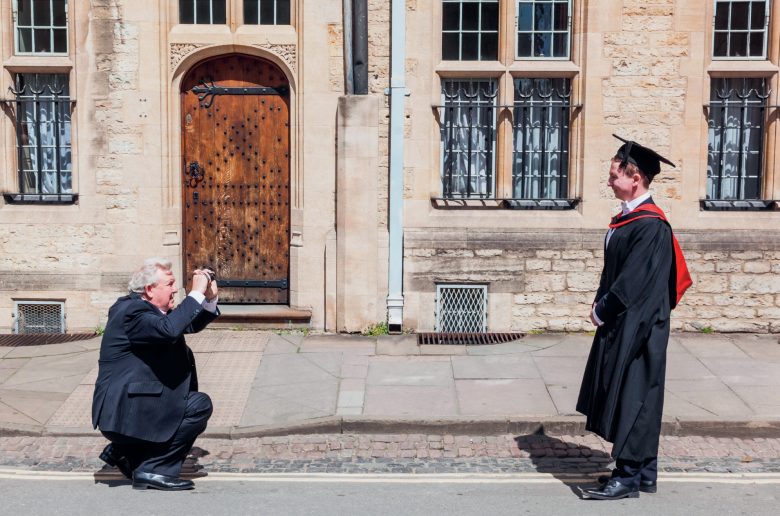
Over the past 50 years, there has been a considerable expansion in the number of university places and therefore the number of young people entering higher education. For example, in England in 1960, only 5% of 17–30-year-olds were in higher education, but by 2012 the figure had risen to 49%. However, this expansion has not benefited people from different social backgrounds equally, and there is still a gap between those from the highest and lowest social classes.
A measure that is frequently used as an indicator of low socioeconomic status (SES) is eligibility for free school meals (FSM). In England, only 14% of FSM pupils are in higher education at age 18–20, while the corresponding figure for non-FSM pupils is 33%. There are many possible reasons for this discrepancy, but recent research from the Institute for Social and Economic Research (ISER) at the University of Essex looked at the role played by better information about HE provided to parents and prospective students. A summary of some of the main points from the research report is given below.
Your organisation does not have access to this article.
Sign up today to give your students the edge they need to achieve their best grades with subject expertise
Subscribe




